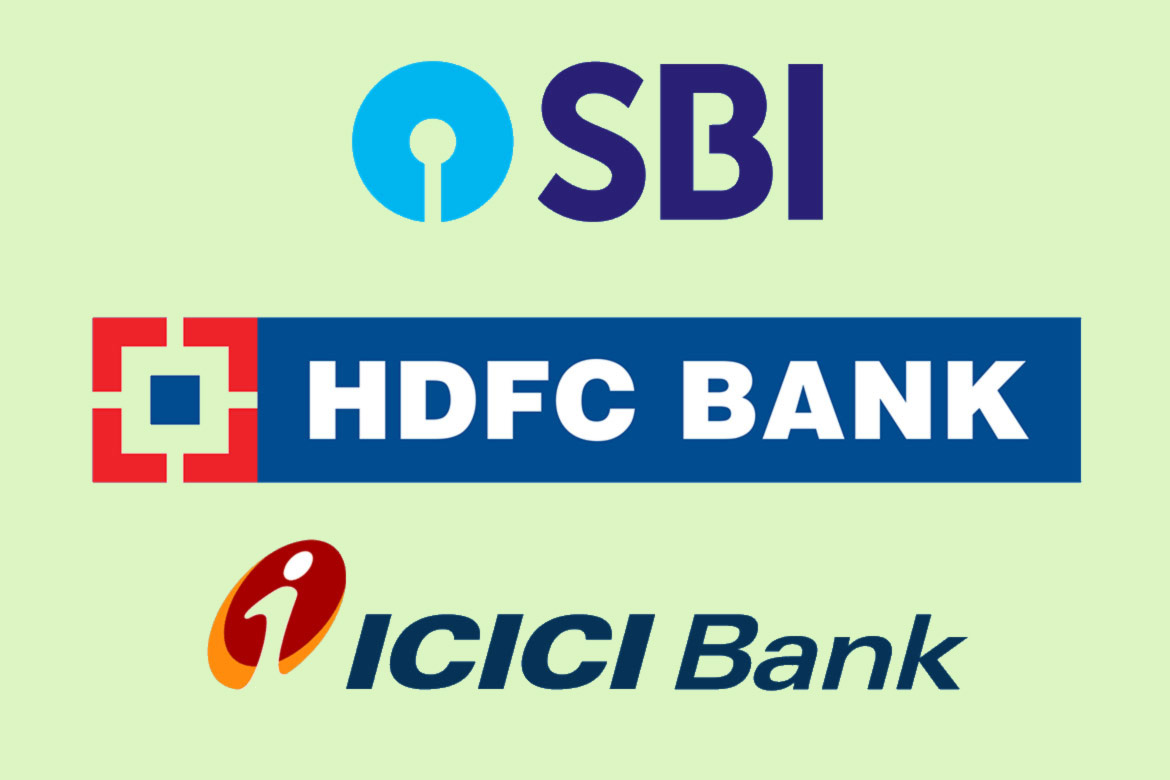Banking is the foundation of any economy. A strong banking system is essential for any country’s growth. Every bank makes a contribution to economic growth. However, due to their size, cross-judicial activities, lack of implementation complexity, substitution, and interconnectedness, only a few banks become systemically significant. Because of their characteristics, these banks are so important that they cannot fail easily. Because of this belief, the government backs these banks during times of crisis.
In October 2012, the Basel Committee on Banking Supervision (BCBS) completed its framework for G-SIBs. The G-SIBs framework focuses on ensuring that bank failures do not have a negative impact on the domestic economy. Unlike the G-SIBs framework, the D-SIBs framework is based on national authority evaluations.
Read More: The Oil Crash is Crushing the UAE’s Real Estate Market
On July 22, 2014, the Reserve Bank issued the Framework for Dealing with Domestic Systemically Important Banks (D-SIBs). Starting in 2015, the D-SIB framework requires the Reserve Bank to disclose the names of banks designated as D-SIBs and place these banks in appropriate buckets based on their Systemic Importance Scores (SISs).
The Reserve Bank of India has identified the state-owned lender State Bank of India, as well as the private lenders ICICI Bank and HDFC Bank, as systemically important banks that are thought to be ‘too big to fail.’
SIBs (Systemically Important Banks):
- Some banks become systemically important as a result of their size, cross-jurisdictional activities, complexity, lack of substitutability, and interconnectedness.
- SIBs are seen as ‘Too Big To Fail (TBTF)’ banks. This perception of TBTF creates an expectation that the government will assist these banks in times of distress.
- SIBs face additional policy measures in order to address the systemic risks and moral hazard issues they pose.
- The risk of a company, industry, financial institution, or an entire economy collapsing or failing is referred to as systemic risk.
Importance of D-SIBs:
SIBs are subject to additional policy measures to deal with systemic risks and the moral hazards they pose, i.e., these banks may adopt additional policy measures in the event of a crisis. The risk associated with the failure or failure of a company, industry, financial institution or the economy as a whole is known as systemic risk. A moral hazard, on the other hand, is a situation in which one party engages in a risky event under the assumption that it is protected from the risk and that the cost of the risk will be borne by the other party.
The failure of these banks may disrupt the essential services provided by the banking system, which has a negative impact on their overall economic activities.
Read More: All-Time Cricket’s Top Five Best Finishers
How are banks designated as D-SIBs?
The size of the bank, interrelationships, position of replacement, and operational complexity are all used to value it. Banks are classified into groups based on their systemically significant scores.
Domestically systemically important banks (D-SIBs) are expected to maintain an additional common equity Tier 1 (CET1) capital requirement ranging from 0.20 percent to 0.80 percent of risk-weighted assets (RWAs). CET1 is the amount of capital with which any risk can be easily managed. It is a capital measure that was implemented globally in 2014 as a safeguard to protect the economy from a financial crisis.
If a foreign bank branch is located in India as a Globally-Systemically Important Bank (G-SIB), it will be subject to an additional CET1 capital surcharge in proportion to its Risk-Weighted Assets in India.






